You want your employees to give their best every day. In order to do that they must feel heard and valued. A good way to do that is by creating a great employee recognition program to use set initiatives to reward your employees. When you’re looking to build an atmosphere of employee engagement, it’s hard to beat a recognition program.
Therefore, choosing a recognition program is key to a business’s culture and atmosphere. While it may at first seem trivial, further work in the area of employee recognition will reveal positive results.
Here is how your business can further bloom by recognizing the people behind all the hard work.
#1 Reward valuable contributions // Show appreciation
Whether it’s for good behavior, meeting and exceeding goals, or helping newcomers, recognition makes employees feel valued and enjoy work. There are several ways to recognize and reward valuable workplace contributions from your employees.
Many are not complicated or expensive and simply require getting to know your employees and what they value. The following statistics are staggering indicators of how far rewards and recognition go in retaining employees.
Glassdoor found over half of employees would stay at their jobs longer if their employers showed more appreciation.
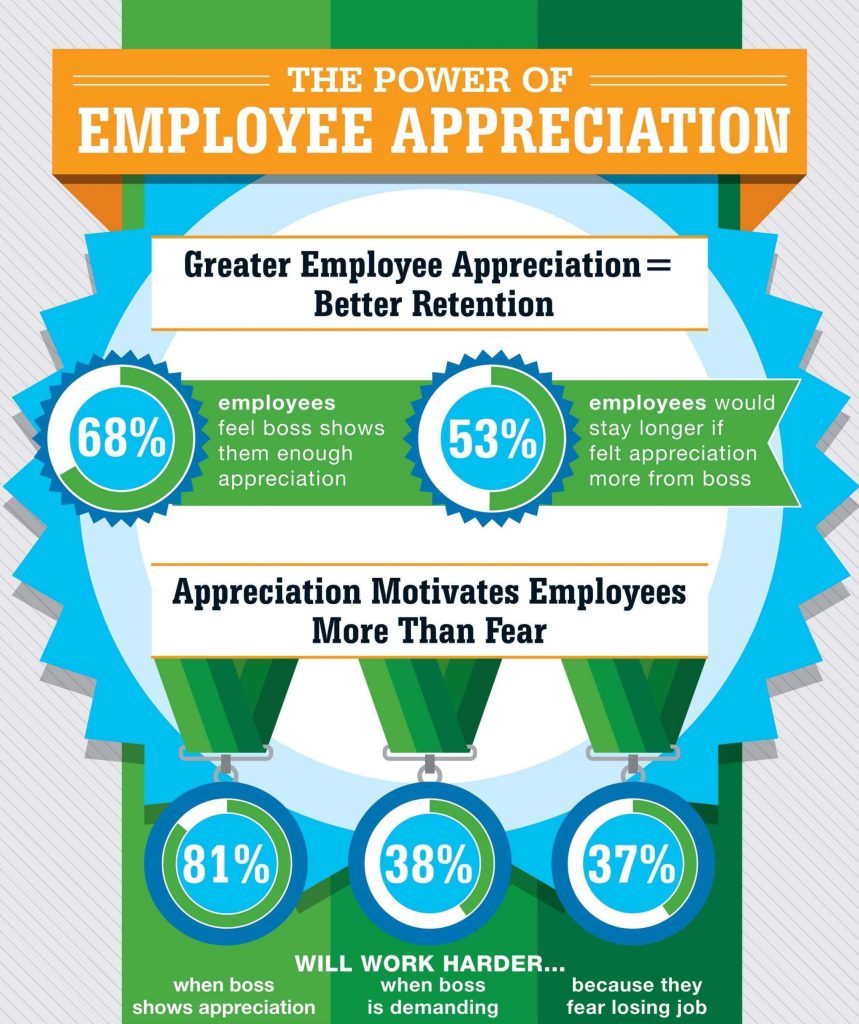
All these numbers say recognition is vital, and there are two main ways to recognize your employees – informally and formally.
Informal recognition
Informal recognition encourages employees on a personal level – it only takes a moment to show someone their work is valuable.
According to Forbes, nearly 90% of employees felt more trusting towards their boss when they were recognized at work. It’s easy to see why – when someone shows you genuine interest and care, you are more likely to reciprocate.
You could even give an employee a well-earned shoutout on your social media channels. For example, the personal injury law firm headed by Attorney Brian White gives their employees recognition through social media posts that bring attention to their efforts.
Formal recognition
Formal recognition is a more professional avenue for recognizing and rewarding valuable contributions. These events should take place somewhat regularly and in consistent intervals so employees have something to look forward to. When was the last time you did an employee needs assessment?
Presenting formal recognitions in meetings or ceremonies can amplify peer-to-peer recognition and boost wider motivation between workers. These go a long way in boosting the overall morale of your employees and culture.
#2 Inspire employee autonomy through trust
Every employee is their own person, capable of acting autonomously. This is good: it means you can rely on them to motivate themselves. Trusting your employees benefits everyone.
But on a deeper level, treating your employee as a feeling, free-thinking person reveals something about yourself as a leader. Demonstrating belief in their abilities promotes positive self-esteem and trust – all of which are crucial to employee retention.
If an employee feels free and in control of their work, they’re likely to stay and do a good job. But according to research by Science Daily, 40-50% of employees in non-management positions feel they have little autonomy at work.
People require autonomy to give value to life, and this human need doesn’t stop at the door. Keeping an employee invested in their work requires that they invest in themselves, and their work must support that truth. Consider a job satisfaction assessment to determine how your company is best supporting employee autonomy.
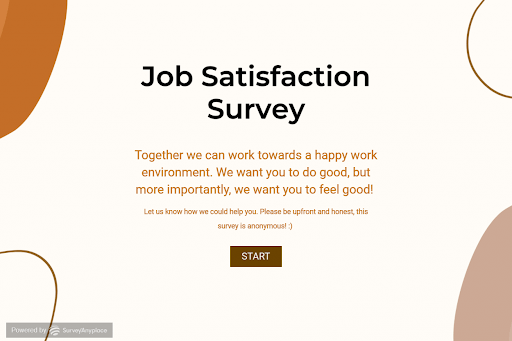
Employee autonomy is also essential to promote leadership. If workers are to exceed expectations and help others along the way, they must be given the encouragement and space to do so.
Let your workers know you believe in their autonomy by refusing to micro-manage their actions and decisions. This will inspire them to take the reins, rise to the level of leadership, and ultimately make the workplace better. In fact, 69% of surveyed employees say they would consider a career change due to micromanagement.
Additionally, healthy accountability is key to encouraging employee autonomy. Good accountability practices in the workplace do not include fear tactics but rather encourage openness and rational forgiveness.
When higher-ups respond to mistakes with anger, it has far-reaching consequences for the business because it sabotages their integrity. Always bring your best self to the table to encourage your workers to do the same.

Research from Harvard indicates that leaders who encourage their staff to talk to them openly about problems are vitally important. Sheffield University agrees, suggesting that encouraging empowerment – along with good training and teamwork – is more important than prioritizing efficiency.
A culture of safety – involving inclusivity, humility, and encouraging staff to vocalize needing help – improves learning and performance. Because when employees feel safe, they feel encouraged to experiment which is critical for innovation – a key element of autonomy. Moreover, you can also create a training template for employees and ensure they’re having an effective learning experience.
#3 Solicit regular feedback
It’s impossible to improve the business’s culture and atmosphere if employees and employers do not communicate. More specifically, constructive communication is key to an effective system for giving and soliciting feedback between employers and employees.
It’s also a great way to promote problem-solving. Here are a few ways to implement positive feedback practices and procedures in the workplace.
Management self-assessment
Scholars from the University of Michigan argue that compassionate leaders foster resilience for challenging times. NYU’s Stern School of Business found self-sacrificing leaders are found to inspire employee loyalty and commitment.
It’s important to be self-reflective with your management style. You can take management self-assessment to discover areas of opportunity, especially when it comes to providing feedback to your employees. Pointerpro can help you understand your management style and how to improve it for better relationships with your employees.

All signs point to employees being helpful and friendlier to other employees – a self-reinforcing cycle. So when you must give or receive criticism, remember your actions shape your employee’s perception of your leadership.
Employee satisfaction survey
Having open communication isn’t the only way to gain valuable feedback from your staff and team members. An employee satisfaction survey or another sort of assessment tool can be a great way for groups to voice their concerns and give honest opinions they may not feel comfortable sharing face to face.
Offering an assessment can be a great growth opportunity to gain insight into the minds of the people who keep your business functioning from day to day. Taking that information and making changes accordingly will show your employees that you care about their specific situations and value their opinions.
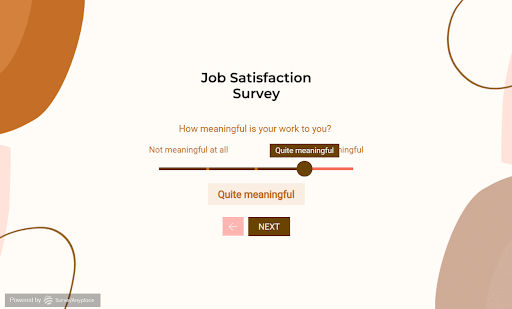
Leadership assessment
Assess the leadership capabilities or leadership style of your team managers. The results and recommendations give them room for improvement. After a certain amount of time, you can reassess your managers and see if there was actual progress made.

Business assessment

As you can see, you can get feedback from your employees, and through professional assessments offered to you by e.g. external business consultants.
Accepting criticism
As a business leader, It can be hard to hear criticism as an employer, yet it is also equally inevitable. You must always hear your employee out and resist the all-too-human urge to be defensive and justify your errors.
Own up to your mistakes and don’t be afraid to ask for some time to reflect—even leaders need time. What’s important is demonstrating to the employees that you recognize their concerns and show that you genuinely care.
When soliciting regular feedback, there are several things you can do, including one-on-one sessions, group meetings, and anonymous surveys. The most important thing, however, is to do something with the information gathered once you have it.
If you ask employees important questions, they answer, and nothing changes, it demonstrates that you don’t care. Nothing can hurt morale, and therefore productivity, quicker – making accountability on the side of the employer especially important.
#4 Hire by your core values
A business’s core values provide the framework from which all success grows. However, core values are more than just catchphrases; they are crucial to the livelihood of a business.
A company’s core values should reflect and guide the individual and collective attitudes and decisions of the workplace each day. Can your company’s core values intersect with the objects of this discussion: employee recognition and engagement?
The Queens School of Business found some startling statistics regarding engagement and the effects it can have on your business:
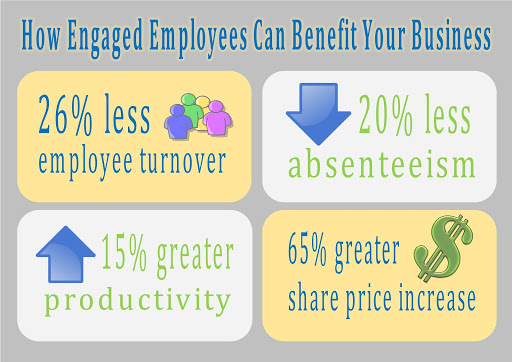
On the other hand, low employee engagement can be devastating – even dangerous – and non-recognition is the driving factor of that employee disengagement. That’s why more companies should choose “employee recognition” and “employee engagement” as some of their most cherished core values.
That’s why centering recognition and engagement at the core of your business practices takes daily, real-world application in the workplace. Because these effects spillover, implementing core values represents a tangible strategy for your company’s and employees’ growth.
You must reinforce those values – and meetings can pleasantly amplify the employees who embody your core values, like engagement. Core value meetings raise morale, represent a moment of recognition, and illustrate to other employees what your company expects.
Though everyone is unique, unite new hires under a common attitude. During interviews, ask them how often they felt genuinely appreciated at their old job, and how that affected their engagement.
Make a list of what motivates your team and how those motivations enable everyone to survive and thrive at work. You will likely find recognition to show up yet again – but pay attention to what else makes the list.

Once you’ve agreed on your core values, make those core values readily available and visible in writing throughout the workplace. If the employees can see those values while they work, they, and you, are likely to put them into practice.
#5 Focus on culture building
A company’s culture refers to the environment in which workers find themselves in each day they show up to work. Building a positive company culture is essential to maintain positive company results because the business relies on the employee’s presence.
It takes a committed effort to know your employees and show genuine concern for their health and happiness. Here is why and how you should give culture building the effort it deserves.
High-pressure companies create 50% greater health care expenditures and the APA estimates workplace stress creates 550 million workdays lost annually. Moreover, the Karolinska Institute found stress-producing leaders can lead to increased risk of heart disease among employees.
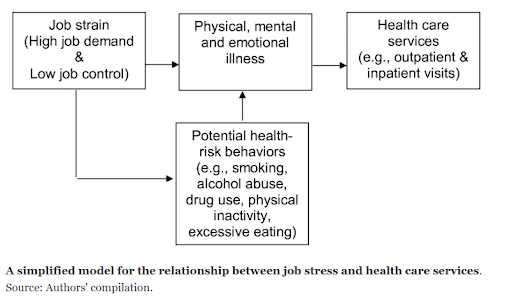
Research from UC Irvine found the probability of dying 70% higher for people with poor social relationships. All this demonstrates the workplace is a life-altering source of stress for employees – and leaders have an obligation to help.
There are several ways to build a workplace culture that promotes employee livelihood, and if you aren’t sure where to start, it may be a good idea to use a cultural assessment. Prioritize employee wellness: show the employee that their mental, spiritual, emotional, and physical health comes first at work.
#6 Invest in your employees
Invest in emergency financial support and conflict resolution for struggling employees and organize ways for the employees to give back to the community. By prioritizing livelihood and community in your company’s culture, you will extend the lifespan of your employees and your business.
A well-built company culture incentivizes the recruitment and security of new employees. If a company’s environment feels healthy and happy, it will incentivize new hires to stick around instead of disappearing tomorrow.
Healthy employees are more likely to continue working for you longer. If you value an experienced staff and are looking to support their health needs and goals, a wellbeing assessment is one way to decide on what new offerings may be of most benefit to offer going forward.
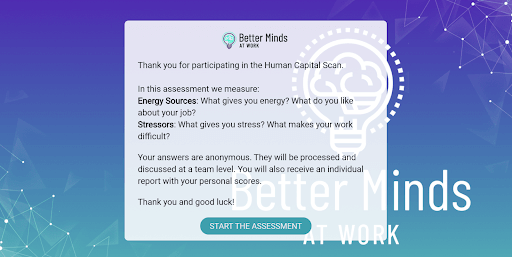
Culture building is vitally important to the success of any business, but it’s not exactly rocket science. Be sure to pay attention to what has worked in the past to maintain current morale while making new efforts.
Remember workplace culture is practical because it’s concerned with the daily life of people – namely, your employees. Build a culture that is sustainable and concerned with the recognition of workers to push your company beyond all expectations.
What does it all mean?
Ultimately, every company, employer, and employee is different. Yet there are certain universal truths when it comes to business which cannot be ignored.
- Employees need recognition in many ways to feel at home in the workplace. Taking these steps will result in a vast improvement for your company’s culture and atmosphere, and that’s invaluable.
- By recognizing employees, you aren’t only benefiting their confidence and self-esteem, you’re improving the morale of the entire workplace. This morale, in turn, leads to improved efficiency and productivity.
Your employees are your greatest asset. Recognizing their achievements and unique skills is a great way to boost your workplace’s potential. Together, your company will only grow stronger in the future.






